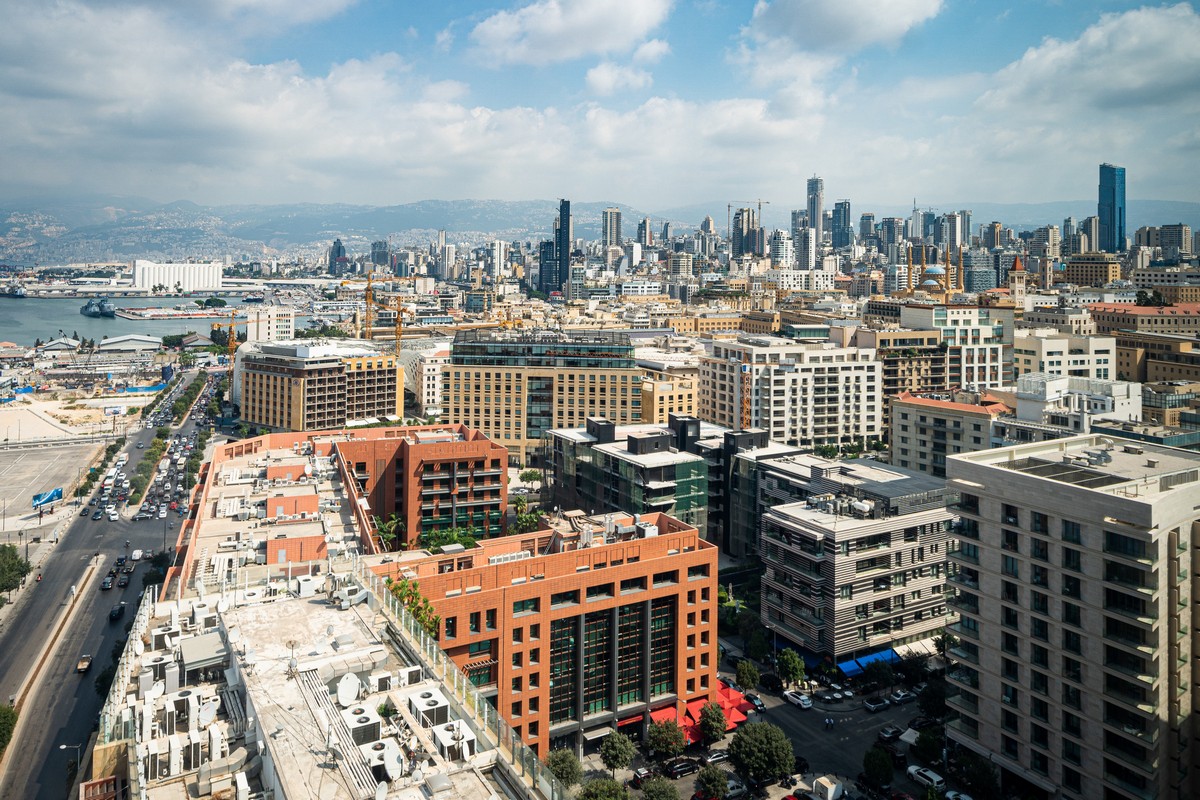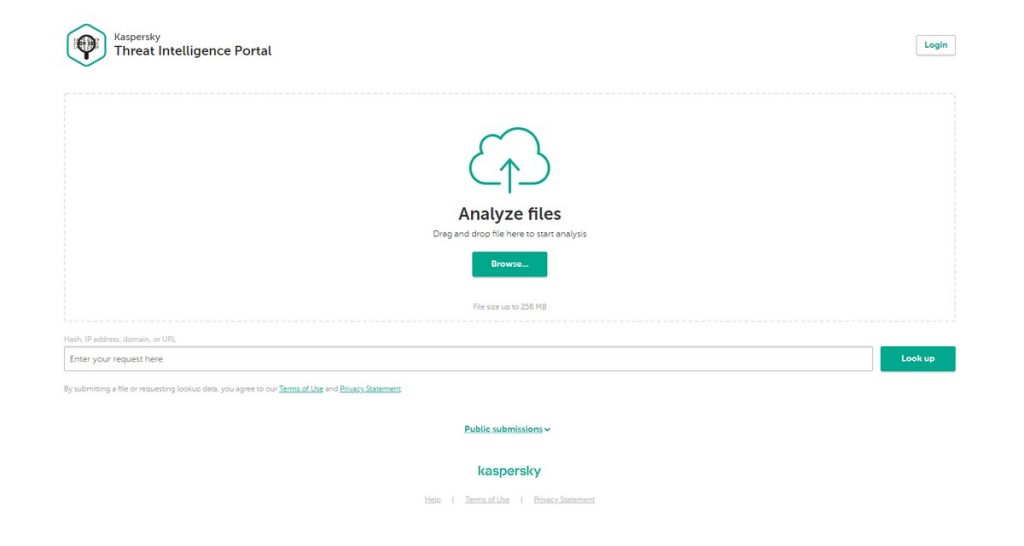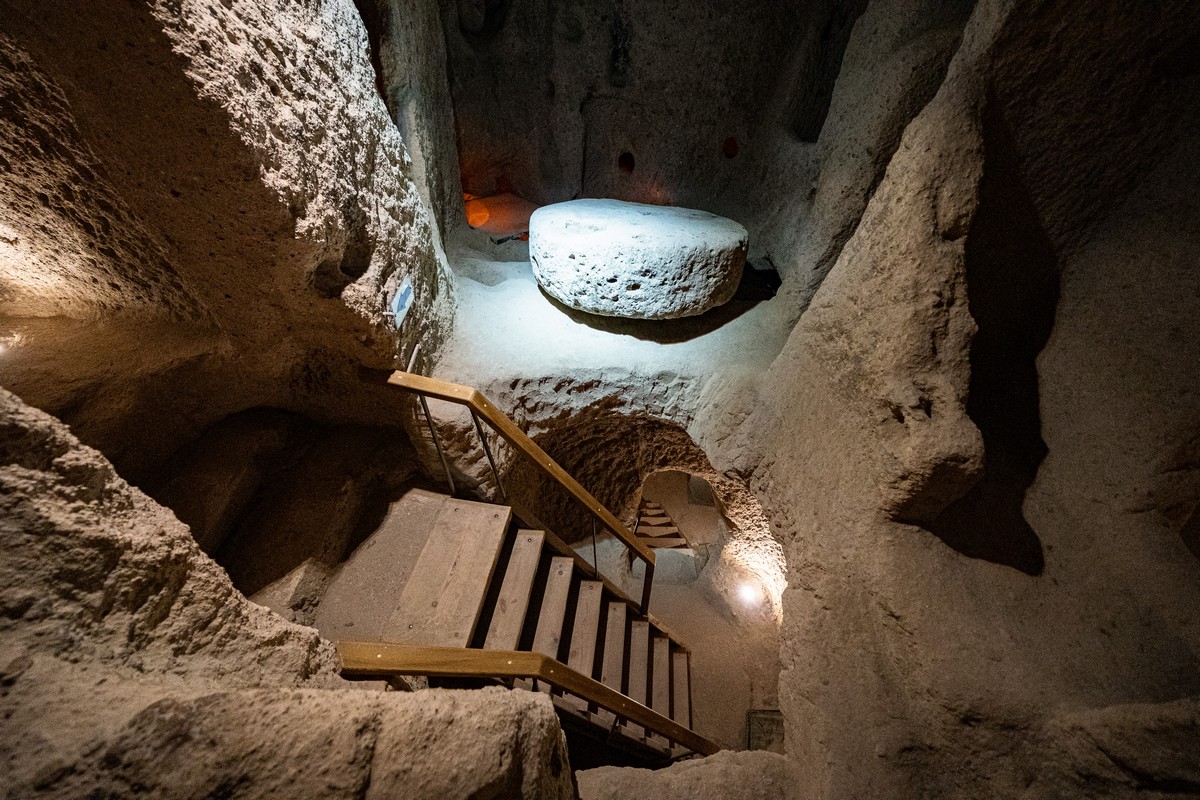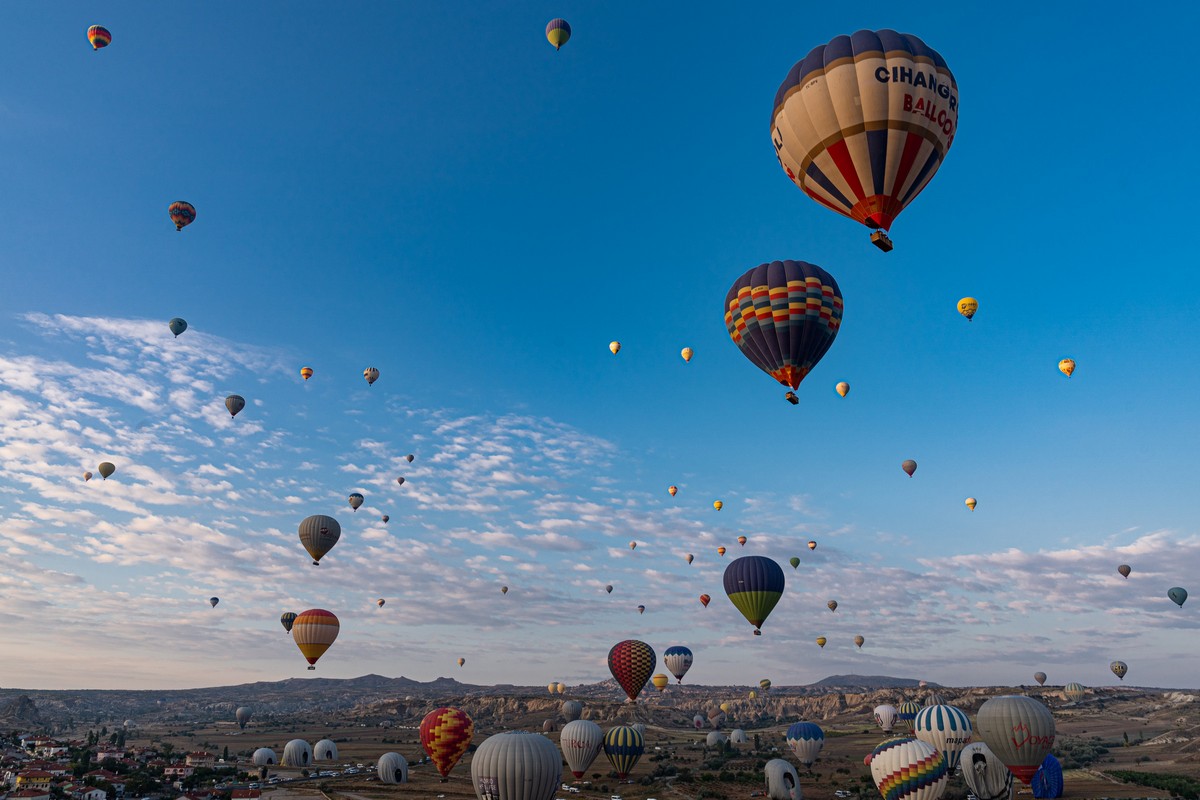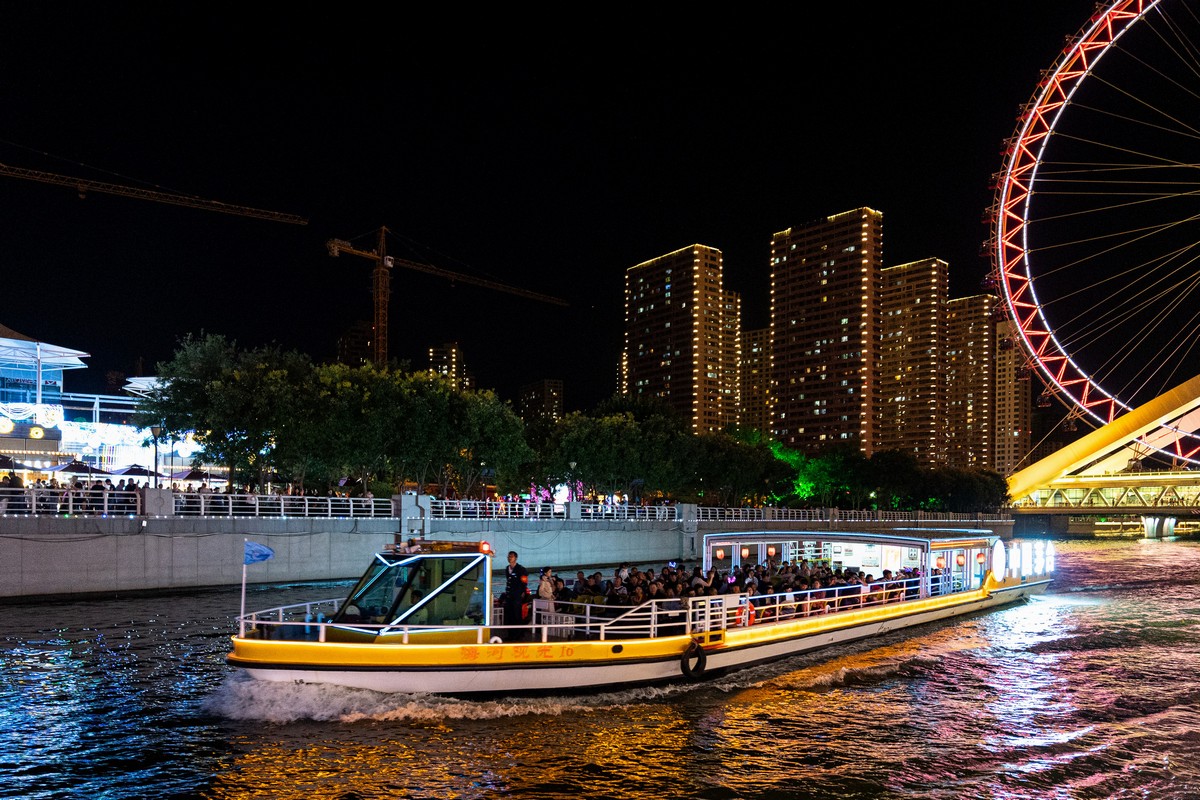October 31, 2019
If I had a dollar for every time I’ve been asked this question in 30 years…
Hi folks!
Can you guess what question I’m asked most of all during interviews and press conferences?
It started being asked back in the 1990s, quickly becoming the feared question that used to make me want to roll my eyes (I resisted the temptation:). Then after a few years I decided to simply embrace its inevitability and unavoidability, and started to improvise a bit and add extra detail to my answers. And still today, though my answers have been published and broadcast in probably all the mass media in the whole world – often more than once – I am asked it over and over, again and again. Of late though, it’s like I’ve come full circle: when I’m asked it I actually like to remember those days of long ago!
So, worked it out yet?
The question is: ‘What was the first virus you found?’ (plus questions relating to it, like when did I find it, how did I cure the computer it had infected, etc.).
Clearly, an important question, since, if it weren’t for it infecting my computer all those years ago: I may not have made a rather drastic career change; I may not have created the best antivirus in the world; I may not have raised one of the largest private companies in cybersecurity, and a lot more besides. So yes, a fateful role did that virus play – that virus that was among the early harbingers of what was to follow: billions of its ‘descendants’, then, later, cybercrime, cyberwarfare, cyber-espionage, and all the cyber-bad-guys behind it all – in every corner of the globe.
Anyway – the answer finally, perhaps?…
The virus’s name was Cascade.
But, why, suddenly, all the nostalgia about this virus?



